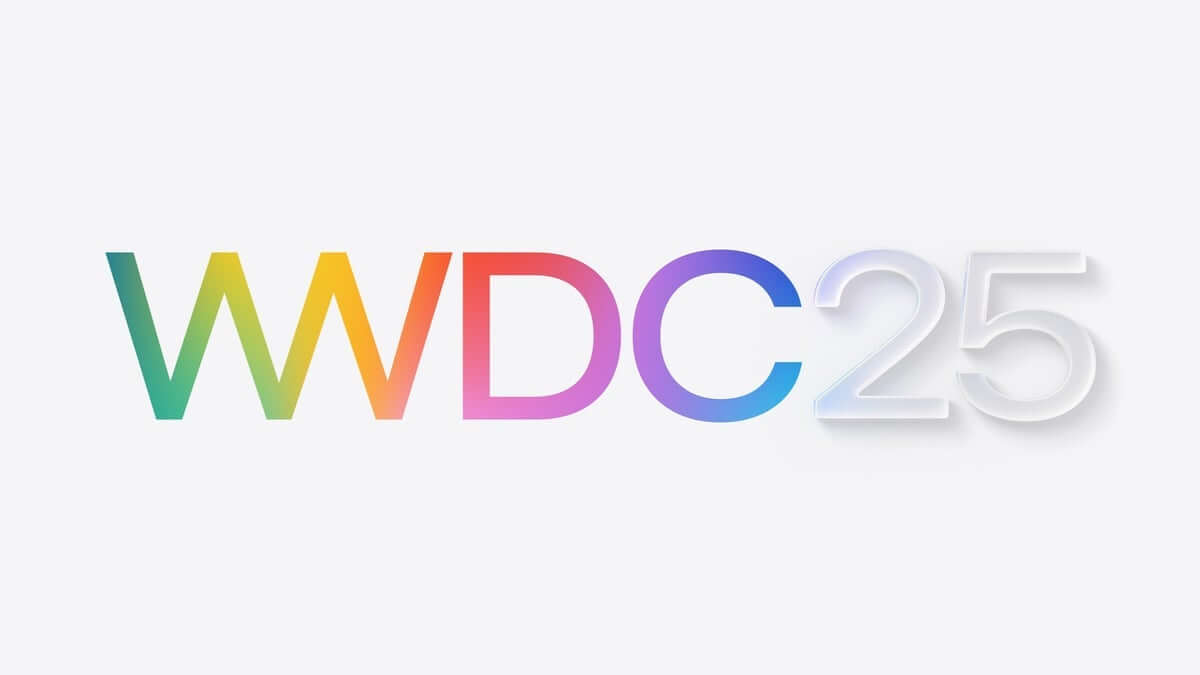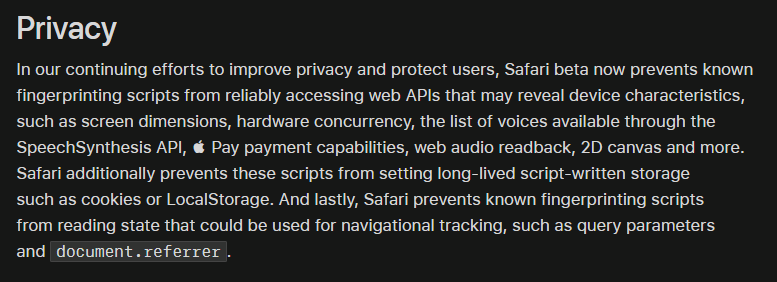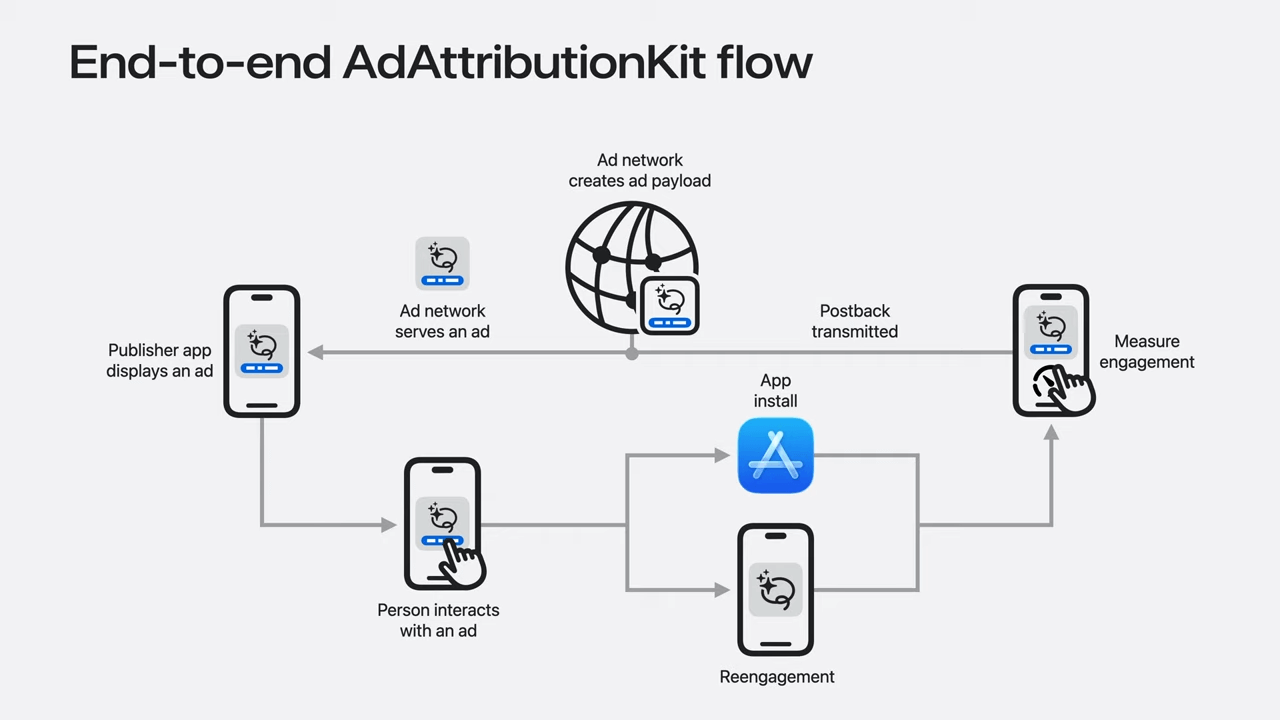iOS 26, Apple Intelligence, Liquid Glass, and AdAttributionKit
Apple was under no small amount of pressure to flex its AI muscle at this year’s Worldwide Developers Conference (WWDC25)—and they seemed to play their announcements safe compared to last year. EMARKETER cited headwinds Apple faced since the unveiling of Apple Intelligence at WWDC 2024 that led many to question the company’s AI-readiness. Apple wasted no time, racing out of the gate in its opening keynote with Apple Intelligence highlights from Craig Federighi, SVP, Software Engineering. More on Apple Intelligence in a moment.
First, here are some fun facts and takeaways from WWDC25.


iOS 19 26
The announcement of iOS 26 confirmed the online rumors that Apple is switching to version naming based on calendar years, departing from the schema that started in 2007 with the release of iPhone OS 1 through to iOS 18 released at WWDC 2024. iOS 19 is iOS 26.
Through the Looking Liquid Glass
Hands down, no one makes tech look as beautiful as Apple. Liquid Glass is no exception and raises the bar for the elegance and sophistication of the Apple experience. The innovative design language, featured across iOS, iPadOS, macOS, watchOS, and tvOS, delivers a translucent, glass-like visual aesthetic engineered to mirror the light reflection and refraction properties of real glass. The result is a compelling sense of depth, fluidity, and translucency.

Advanced Fingerprinting Protection Opt-In On By Default
Advanced fingerprinting protection expands its scope within Safari for iOS 26. Per this snapshot from Apple’s WebKit blog, the next state of Safari prevents known fingerprinting scripts from accessing web APIs that may reveal certain device characteristics, potentially further impacting the measurability of email, SMS, and other campaign types transacting on the web.

Continuing SKAN AdAttributionKit Enhancements
As you’ll recall, it was at WWDC 2024 where Apple confirmed that AdAttributionKit would supplant SKAdNetwork (SKAN) as the future state of the company’s privacy-first advertising measurement framework. Apple’s breakout session on the topic certainly lacked the fanfare and excitement of the opening keynote but nonetheless highlighted some noteworthy enhancements we’ll touch on in more detail later.
AppTrackingTransparency Deprecation Is Still Here
Hypotheses about the future of Apple’s AppTrackingTransparency (ATT) framework have swirled in light of ongoing battles in the EU. This spring, Eric Seufert asked the question Could ATT be rolled back? At the moment, no signs from WWDC25 point to a formal shift. Only time will tell.
Now let’s dive a bit further into what we learned about Apple Intelligence and AdAttributionKit.
Apple Intelligence & Foundation Models Framework
Federighi rattled off the many ways Apple Intelligence has impacted favorite user features and capabilities while protecting user privacy with Private Cloud Compute (clip here). He noted that developments are still to come with Siri but need more time to reach Apple’s high quality bar.

In addition to expanding Apple Intelligence support to eight additional languages, Apple excitedly announced its Foundation Models framework. The Foundation Models framework enables third-party developers to tap into Apple’s powerful, on-device large language model (LLM) to perform intelligent tasks across distinct use cases. The rise of local models unlocks a universe of exciting possibilities.
 The framework provides a convenient Swift API that makes it easy for developers to integrate AI capabilities into their apps. Features built via the framework operate offline, thereby preserving user privacy by keeping data on the device. Furthermore, since the AI processing is done on-device, there are no associated inference costs.
The framework provides a convenient Swift API that makes it easy for developers to integrate AI capabilities into their apps. Features built via the framework operate offline, thereby preserving user privacy by keeping data on the device. Furthermore, since the AI processing is done on-device, there are no associated inference costs.
Apple’s official documentation for the Foundation Models framework can be found here.
The Next Generation of SKAN: AdAttributionKit
Within the AdAttributionKit (AAK) breakout session, Apple engineers unpacked the end-to-end data loop, highlighting key new features and capabilities coming to the second iteration of AAK.

Unfamiliar with AdAttributionKit? Check out our AAK FAQ here.
So What’s Changed?
Overlapping Conversion Windows
Within AAK v2, you can now have more than one active reengagement conversion window at the same time in your app. This is extremely helpful when you want to run simultaneous reengagement or retargeting initiatives.
Customizable Attribution Rules
Configurable attribution never came to SKAN. Now with AAK v2, advertisers have the option to set lookback windows—specifying the window of time post ad interaction for a conversion to be considered for attribution. The windows can be tailored at the individual ad network and ad interaction type (e.g., impression, click) level. This gives advertisers the ability to tighten attribution rules to align more closely with their campaign goals and not overattribute due to excessively long lookback windows. Currently, a click on SKAN or AAK can be attributed to an app install occurring 30 days later. Many would argue that this is no longer a causal correlation. Now marketers can do something about it.

An example of configurable attribution settings for click reconciliation within the Kochava platform
Further, an attribution cooldown function ensures that you don’t see multiple conversions overlapping. Once a conversion occurs, a cooldown period can be set into the Info.plist. Within this cooldown timeframe, no other conversions for the same user are attributed. This is similar to the minimum time to reengagement functionality Kochava has long offered to advertisers leveraging its mobile measurement partner services.
Geography Data in Postbacks
AAK v2 postbacks now include country codes. While this data point assists marketers in optimizing ad delivery across different countries, its availability is dependent on crowd anonymity tiers and included only in conversion postbacks when there’s adequate campaign conversion volume for the given country.
Testing, Testing, Testing
Apple has made it easier to test on AAK v2. iOS developers can now directly create development postbacks for their apps via the iOS Settings app—facilitating testing of different scenarios (e.g., updating conversion values, validating server implementation for processing different postback data tiers).
Now the question that remains is when iOS app marketers get to leverage these new capabilities. Apple’s own advertising property, Apple Ads, just finally registered to SKAN in April (related post here) and is calling only version 3 at the moment. Most of the rest of the industry is currently running on SKAN 4. This means AAK v1 has yet to see meaningful testing and adoption.
Subscribe to our newsletter to stay up to date on future developments related to AAK, including related Kochava product updates, industry adoption trends, and webinars.
Expert Help for All Things Apple
WWDC25 was filled with so many other exciting developments (e.g., Visual Intelligence, macOS Tahoe, Live activity on macOS) too numerous to unpack here. If you’re an iOS app developer or marketer and looking to level up your growth strategy for your iOS, tvOS, watchOS, visionOS, or other Apple-specific properties, contact us.
Kochava helps thousands of iOS app developers & marketers:
- Measure what matters for their iOS applications across Apple devices, including iPhone, iPad, Apple TV, VisionPro, and Apple Watch
- Measure and optimize campaigns across SKAN and AAK
- Scale and automate campaigns on Apple Ads (formerly Apple Search Ads)
- and more
Request a demo with our team of iOS experts.




